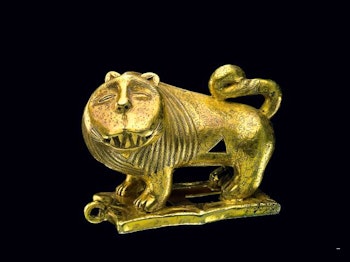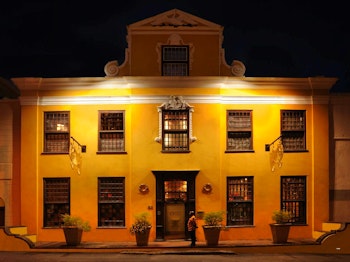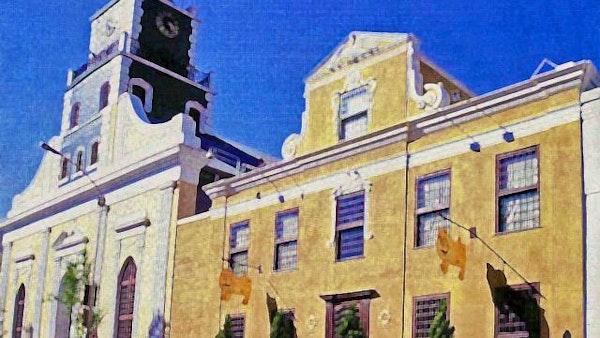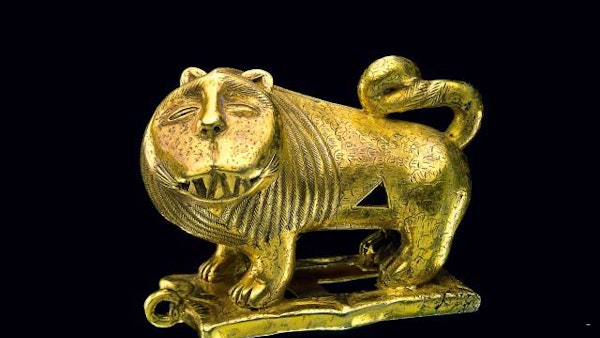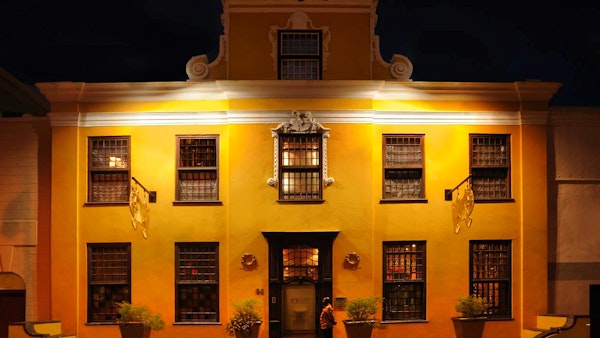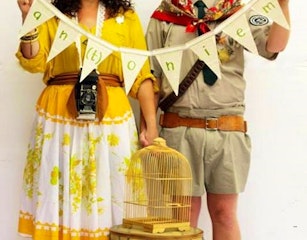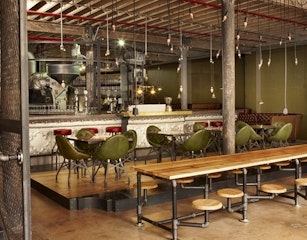Martin Melck House
Description
Martin Melck House is one of the oldest colonial homes in South Africa named after its first owner. Its history is intimately entwined with that of Cape Town itself.
In 1764 Martin Melck, a Prussian mercenary in the service of the Dutch East India company, retired and was granted the vacant lot adjoining the one on which the museum stands. A religious man and a Lutheran, he proposed the construction of a Lutheran Church, employing the renowned French architect Louise Thibault to design the parsonage. The German woodcarver Anton Anrieth was commissioned to ornament the façade and the interior.
The resulting neo-classical styled building is one of the finest remaining specimens of old Cape Town domestic architecture. Martin Melck house stands together with the Lutheran Church and Kosterhuis, which houses the Netherlands Embassy, as a unique historical remnant on Strand Street in the centre of modern Cape Town.
The conversion of the building into the Gold of Africa Museum, which until recently exhibited a collection of African gold, has seen this historical monument take its place in the cultural fabric of the city and country.
The exhibition on the life and times of Nelson Mandela now installed in the museum, adds a new and dynamic chapter to Martin Melck House.The world renowned Mannenberg’s Jazz Café can now be found at the Camissa Courtyard in Martin Melck House. Camissa means ‘Place of Sweet Water’ and was the original Khoi name for the city of Cape Town. Mannenberg’s at the Camissa Courtyard, provides a world-class, authentic musical and culinary experience that will beguile patrons, reclaiming the cultural, spiritual and emotional relationship between the indigenous Khoi and the land.
Map
Nearby Attractions
Click here to see more accommodation options
You may also be interested in browsing our selection of accommodation in City Bowl or reading about City Bowl
